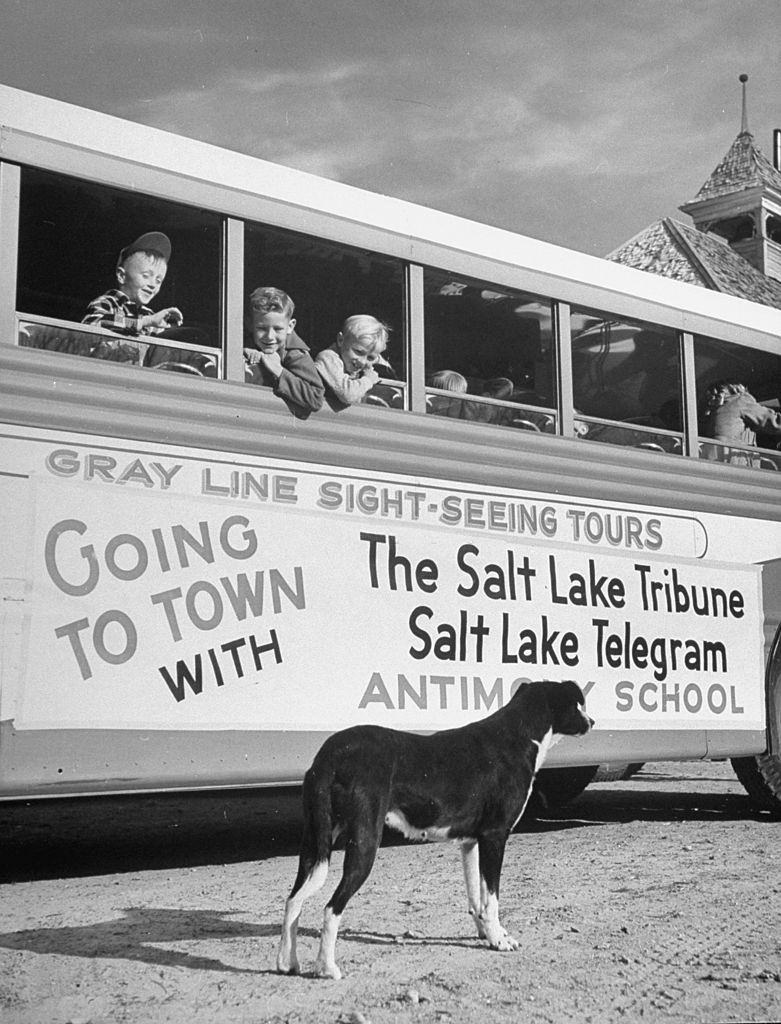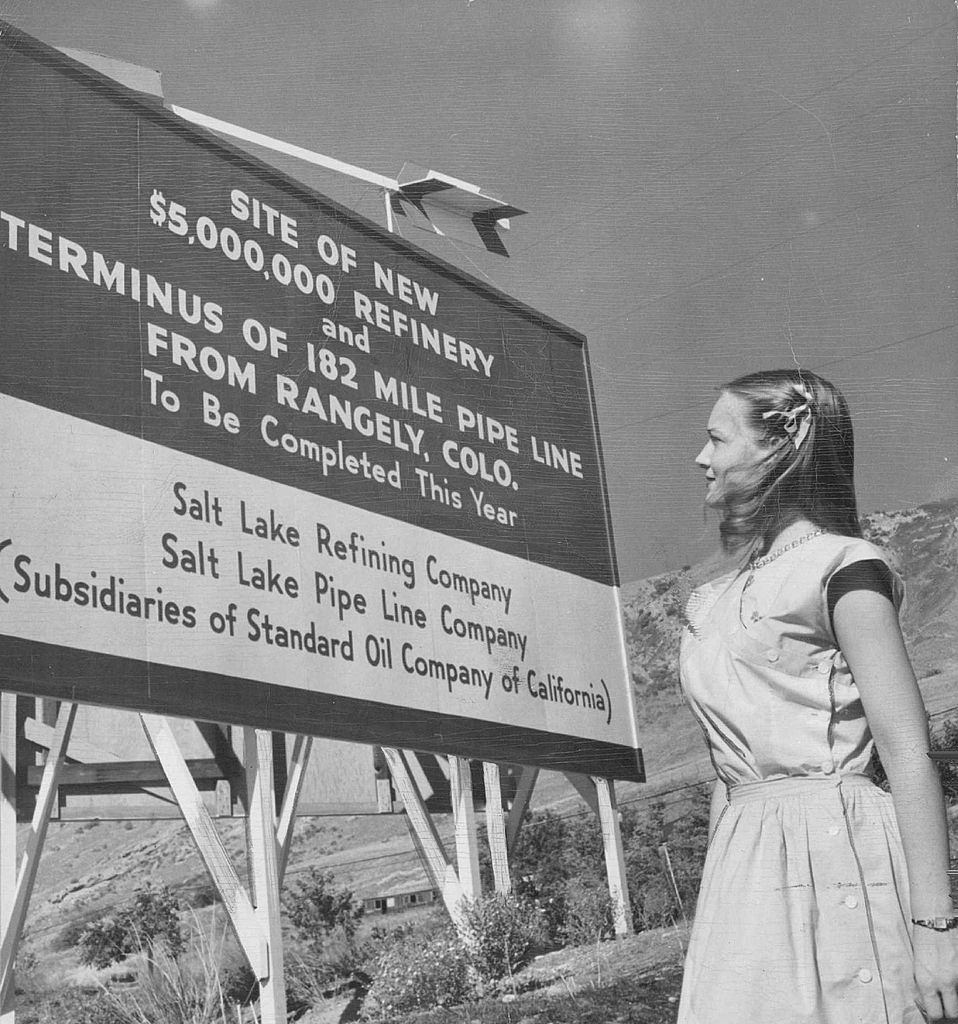In the 1940s, Salt Lake City was developed rapidly and the population also grew almost seven percent. The last streetcar line was discontinued in 1941 and during World War II, the trolly buses were stopped. The downtown streets were a lot busier than today, but there were fewer cars than today. The Crystal Palace at South Temple and 200 East was the first super grocery store to open downtown. The Bamberger train depot stood where Symphony Hall now is.
During World War II, several military installations were established in Salt Lake City. War industries and military installations revitalized the economy. Workers and soldiers spent their money in the city’s restaurants, shops, ballrooms, and theaters. At the end of World War II, there were two full days of merrymaking and dancing in Salt Lake City.
Here below are some stunning vintage photos that show what Salt Lake City looked like in the 1940s.





































I liked the pictures, but the captions could be better. Most likely, the “sand” in the train hoppers is salt. People do not walk “on” a lakeshore. A beach at a lake is not a “seashore.”
Is that the same roller coaster and merry-go-round at Lagoon now?
The rollercoaster is the seventh oldest in the world.
The white rollercoaster is old. I never rode it because of that.
No, that’s the roller-coaster that used to be at Saltair.
The lake used to have sand and beaches, which always amazes me.